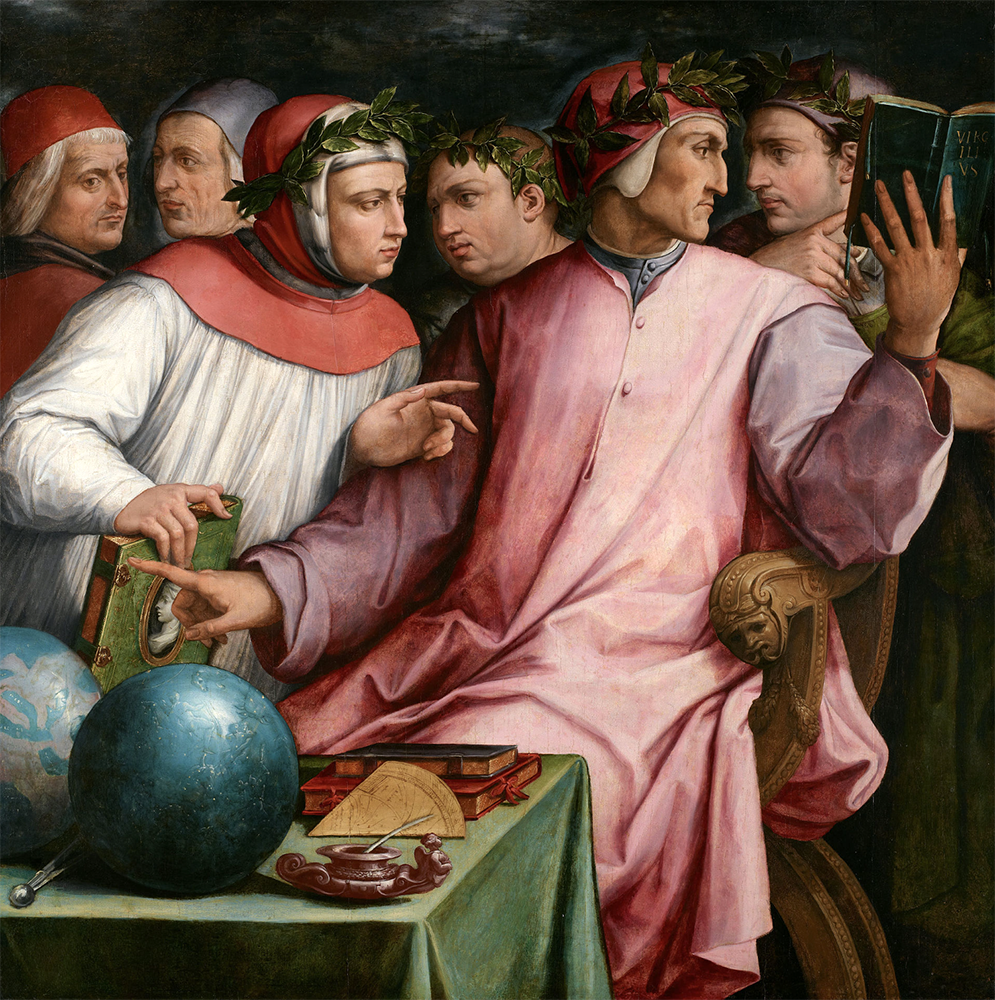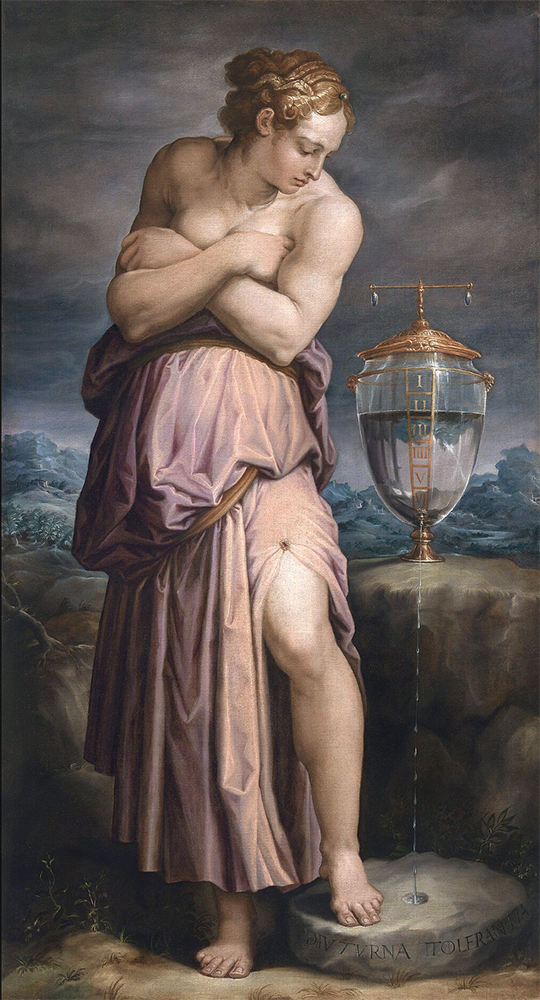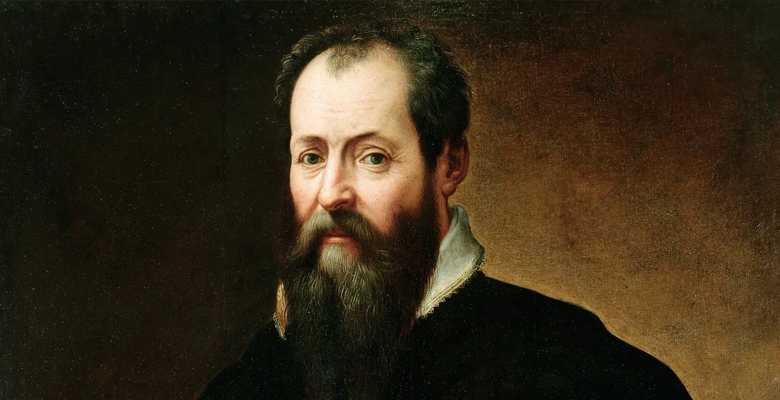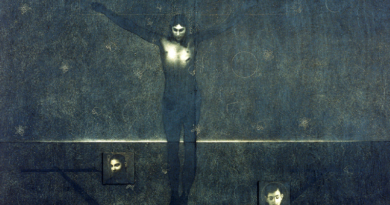Arezzo. The city of Vasari – Upcoming Celebrations Of Giorgio Vasari – 450 Years After Artist’s Death
Arezzo. The city of Vasari – The Municipality of Arezzo is ready to start a series of events on the occasion of the 450th anniversary of the death of Giorgio Vasari, a great artist and an eminent art historian of the Renaissance art.
On the occasion of the 450th anniversary of the death of Giorgio Vasari, the Municipality of Arezzo, in collaboration with the Fondazione CR Firenze and the Fondazione Guido D’Arezzo, will celebrate this great Tuscan artist, architect, writer and intellectual. The celebration program “Arezzo. The city of Vasari” will run from May 2024 to February 2025 offering a rich program of exhibitions, events and itineraries.
The highlight of the program will be a large international exhibition “Giorgio Vasari. The Theatre of Virtues” which will present the works by Vasari from important international collections.
Giorgio Vasari was born in Arezzo on 30 July 1511 into a family of modest merchants. During his childhood he frequented the workshops of various artists in the city, from whom he learned notions of painting and architecture and acquired a humanistic education. As a teenager he went to Florence to continue his studies, and there he came into contact with Cardinal Silvio Passerini, a great patron who recommended him to the powerful Medici family .
His promising career was abruptly interrupted by the death of his father in 1527. At just 16 years old he had to take on the role of head of the family and the responsibility of caring for his mother and four younger brothers fell on his shoulders. It was a difficult period for Vasari, to meet family expenses he had to dedicate himself entirely to painting. In particular, he worked tirelessly on the production of altarpieces for the churches of Arezzo and the surrounding area. In that period he met Rosso Fiorentino, a painter who greatly influenced his drawing style.

His work paid off to the point that he was able to build a house now used as the Vasari House Museum. Despite this, the artist suffered from profound melancholy and decided to retire for a few months in a hermitage, painting for the monks and seeking serenity in a simple life surrounded by nature. In 1538, having left his family in a stable situation and having recovered from his personal crisis, but also determined to seek economic security, he decided to leave his modest jobs in Arezzo to try his luck with more ambitious assignments.
For the next fifteen years Vasari traveled the length and breadth of the Italian peninsula: he spent much time in Rome, where he settled for long periods; he often returned to Tuscany, especially to Arezzo, where his reputation was still well known; and he also went to Naples, Venice and the territories of the Po Valley. During his travels he studied various art schools while earning a living with well-paid jobs, especially frescoes for private palaces, thanks to which he was able to broaden his knowledge of architecture.

In 1554 he gave in to the insistence of Cosimo de’ Medici , Duke of Florence: he therefore returned to the city to put his talents at the service of the Medici. Cosimo was interested in Vasari for his knowledge of architecture and commissioned him three major projects in succession: the renovation of the ancient Palazzo della Signoria, now known as Palazzo Vecchio, to transform it into a more sumptuous government building; the construction of an adjacent gallery intended to house the administrative offices – hence the name, the Uffizi, today one of the most important art galleries in the world -; and finally a corridor that connected these offices with the new apartments that were being prepared for the ducal court in the Pitti Palace, on the other side of the Arno – the Vasari Corridor, which runs above the Ponte Vecchio. Cosimo also commissioned Vasari to paint the frescoes in the dome of the Cathedral of Santa Maria del Fiore , but the artist’s death on 27 June 1574 interrupted these works which had just begun.


Sources: InToscana – Storica National Geographic –





